How to Pair Thread Weight with Needle Size
Tips on matching needle size to thread paint from award-winning quilter and thread painter Nancy Prince, Best of Show winner at the 2014 International Quilt Festival in Houston, TX. Visit Nancy at her website, nancyprince.com.
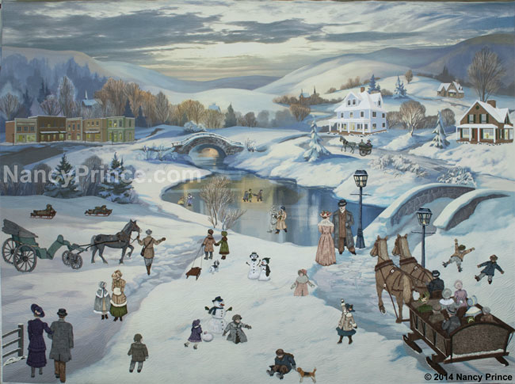
How many times have you been quilting, thread painting or for that matter working on any machine project and the thread keeps shredding, breaking or skipping stitches? The most common response I hear from students is something is wrong with the thread or – horrors! – something is defective with the machine. We have all been there but the most likely culprit to your dilemma is the wrong size needle that is paired with the thread you are using.
To explain, all threads have a “weight” to them. The normal thread “weights” on the market for quilting or thread painting are 30, 35, 50, 60 and 100. The “weight” of the thread is normally listed on the side or bottom of the spool. The different thread “weights” are categorized like this – the higher the number or “weight” the thinner the thread; the lower the number or “weight” the thicker the thread. For example, a 30 weight polyester thread is a much thicker thread than a 100 weight polyester or silk thread. The “weight” of thread is an arbitrary number and can vary between manufacturers. The best way to determine if the weight of thread is right for your project is to run the thread through your fingers to feel the thickness or thinness of the thread.
Needles are sized ranging from 60/8 to 100/16 (for most quilting and thread painting use). When choosing a needle size, remember that the higher the number the larger the needle shaft and normally the larger the eye of the needle; the lower the number, the smaller the needle shaft and the smaller the eye. Also keep in mind that should you be working with a 60/8 needle that some machines with threading systems will not thread a needle this small.
As a rule, pair up the needle you are using with the thread weights below:
- 60/8 – 100 weight silk and polyester invisible thread
- 70/10 – 100 weight threads
- 80/12 – 50 weight threads
- 90/14 – 40 weight threads
- 100/16 – 30 weight threads and thicker
For quilting and thread painting Schmetz Microtex Sharp or Superior Threads Titanium Topstitch needles would be good choices. The Superior titanium topstitch needle lasts 5-8 times as long as a standard needle but only costs a few dollars more. This needle has a larger eye and deeper groove. On both the Schmetz and Superior needles the size of the needle is engraved on the shank of the needle. Of course you need X-ray eyes to see it, but it is there.
As a side note when quilting, use a heavier thread should you want the thread to show and a lighter weight if you don’t. Keep in mind if using a 90/14 needle to quilt with, that the needle might leave a slightly larger hole in the fabric than you would like. So make sure you test the thread and needle on a sample before beginning.
So next time you get angry at your thread for shredding, breaking or missing stitches, make sure that you have the right size needle for the thread in use. And as a final note, I change a Schmetz needle after about 6-8 hours of thread painting. Make sure that you change your needle on a regular basis.
What you might also like
3 comments on “How to Pair Thread Weight with Needle Size”
-
-
Our WeAllSew blog content is posted in an open format. If you wish to print the post, you can easily print the tutorials directly from your screen. If you attempt to print directly from the screen a pdf will be generated for your convenience. Please give it a try.
Thank you for reading WeAllSew!
-
-
Thanks for this information. I’ve been struggling with needles & thread forever!
Leave a Reply
You must be logged in to post a comment.
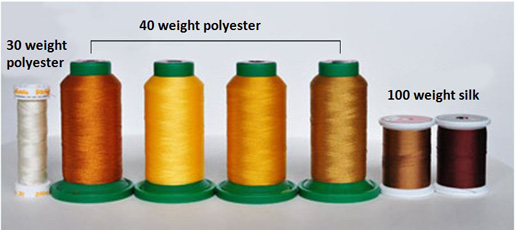
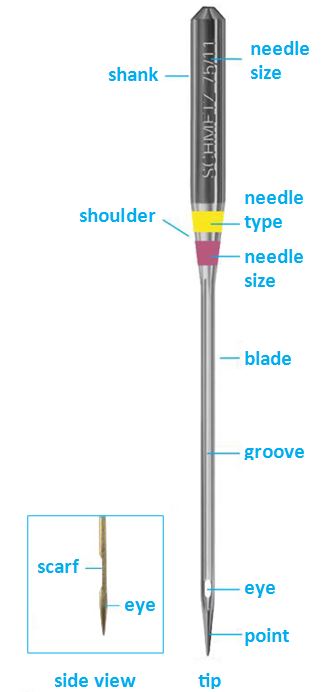
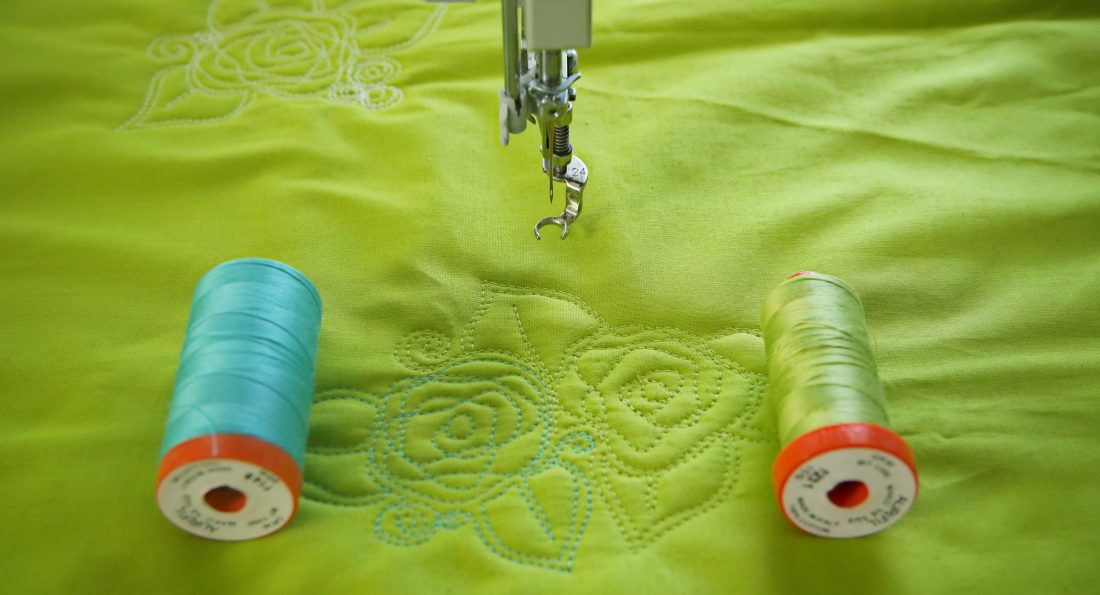
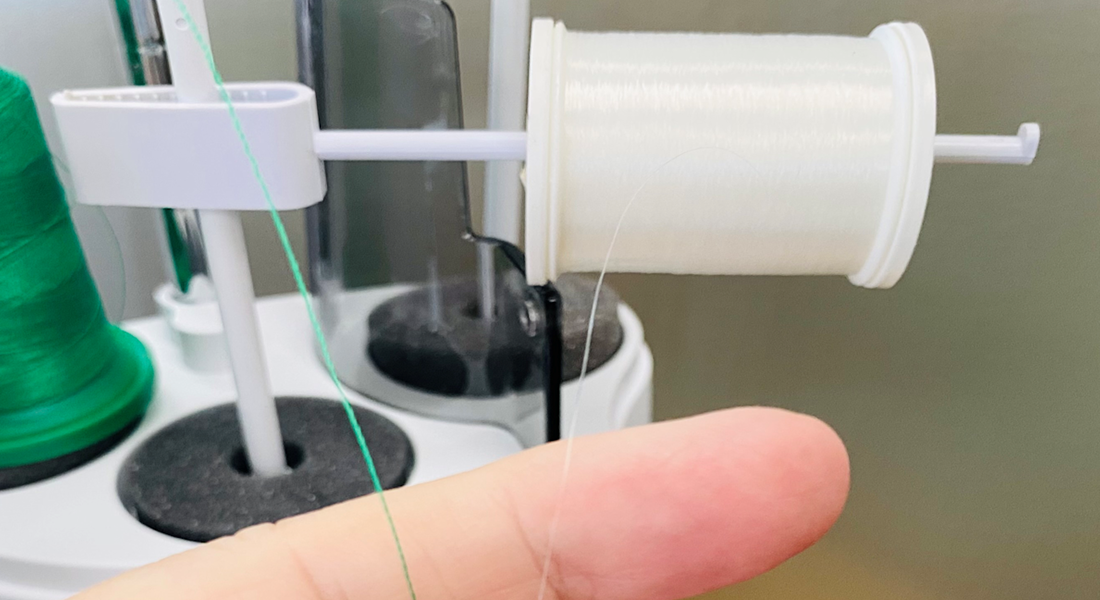
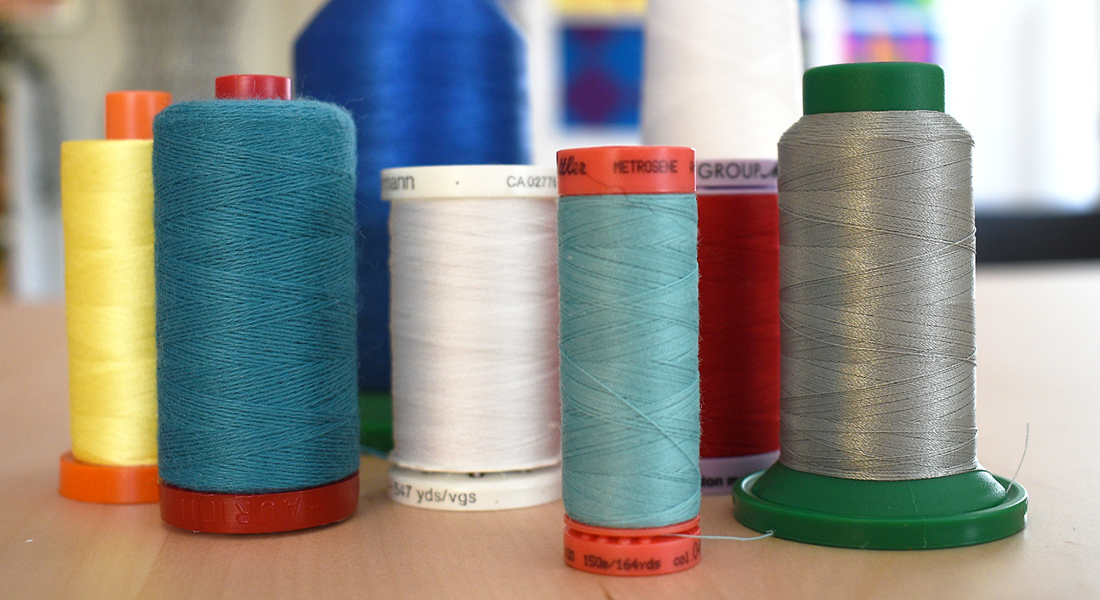
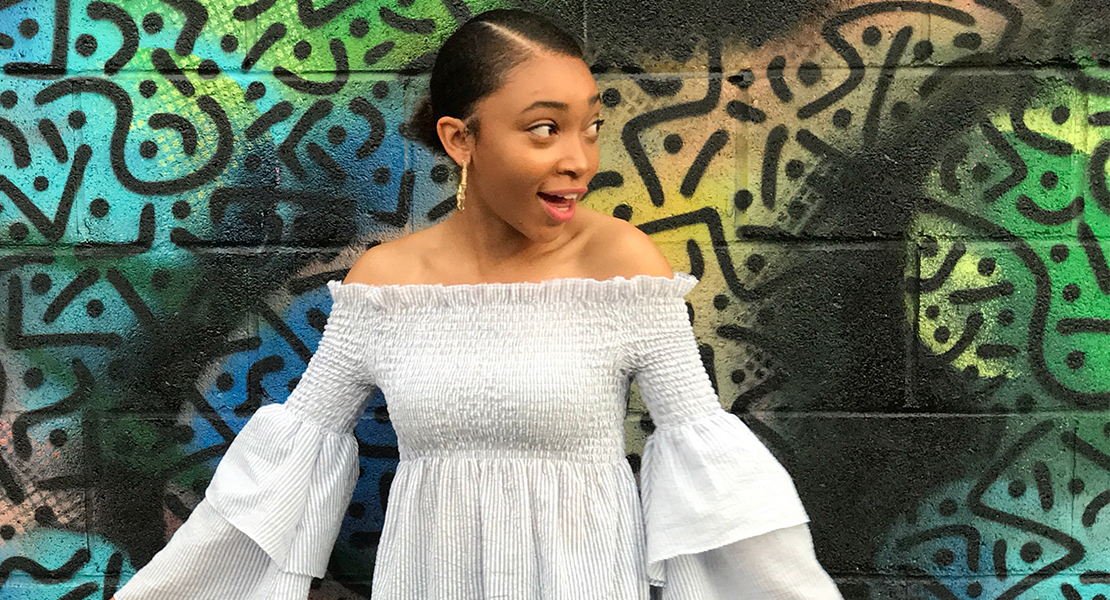
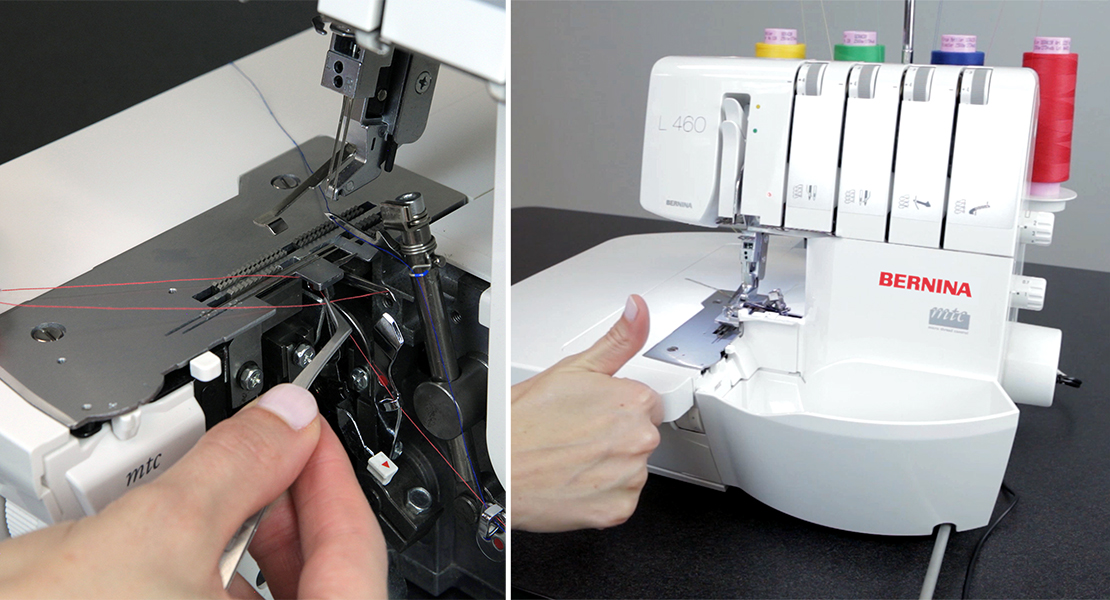
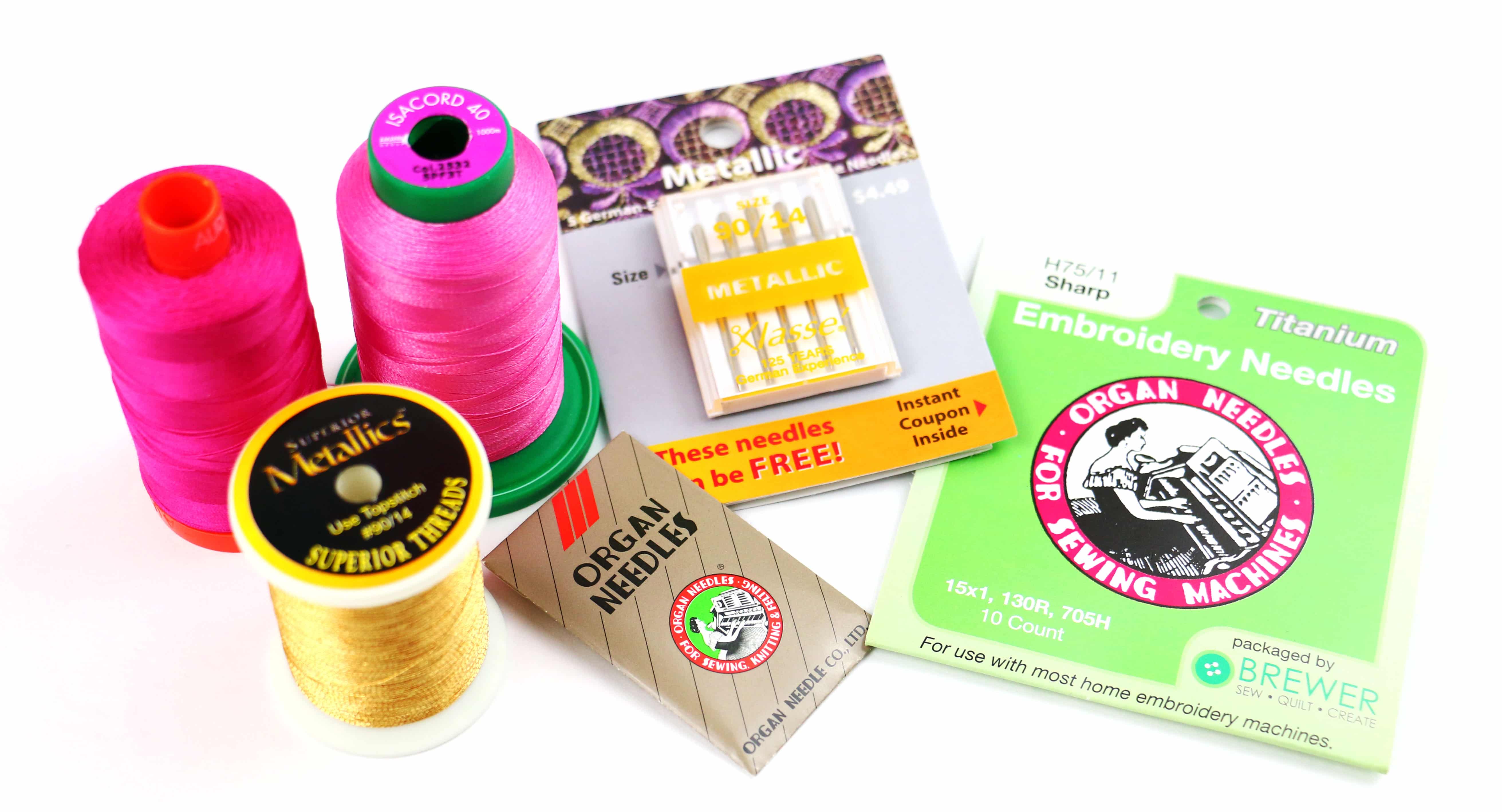
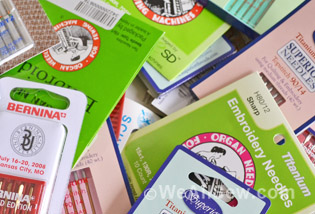
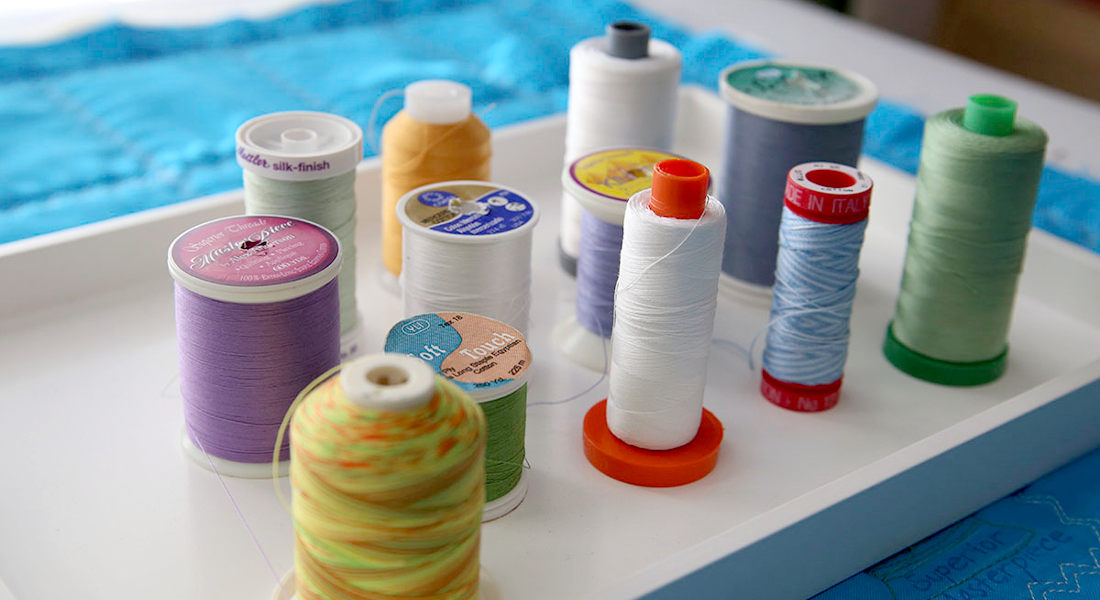
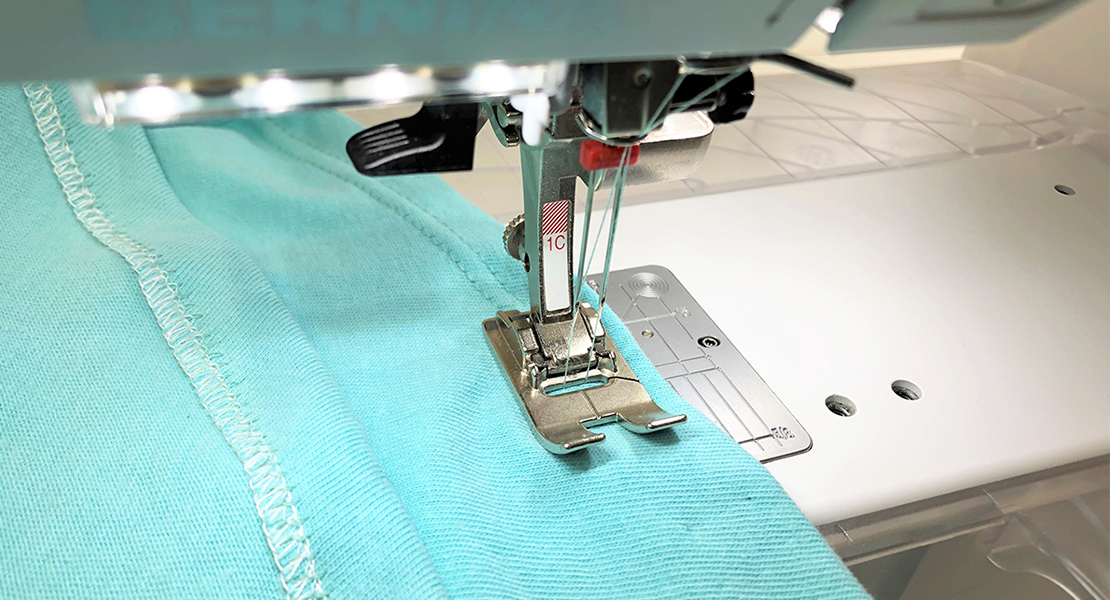
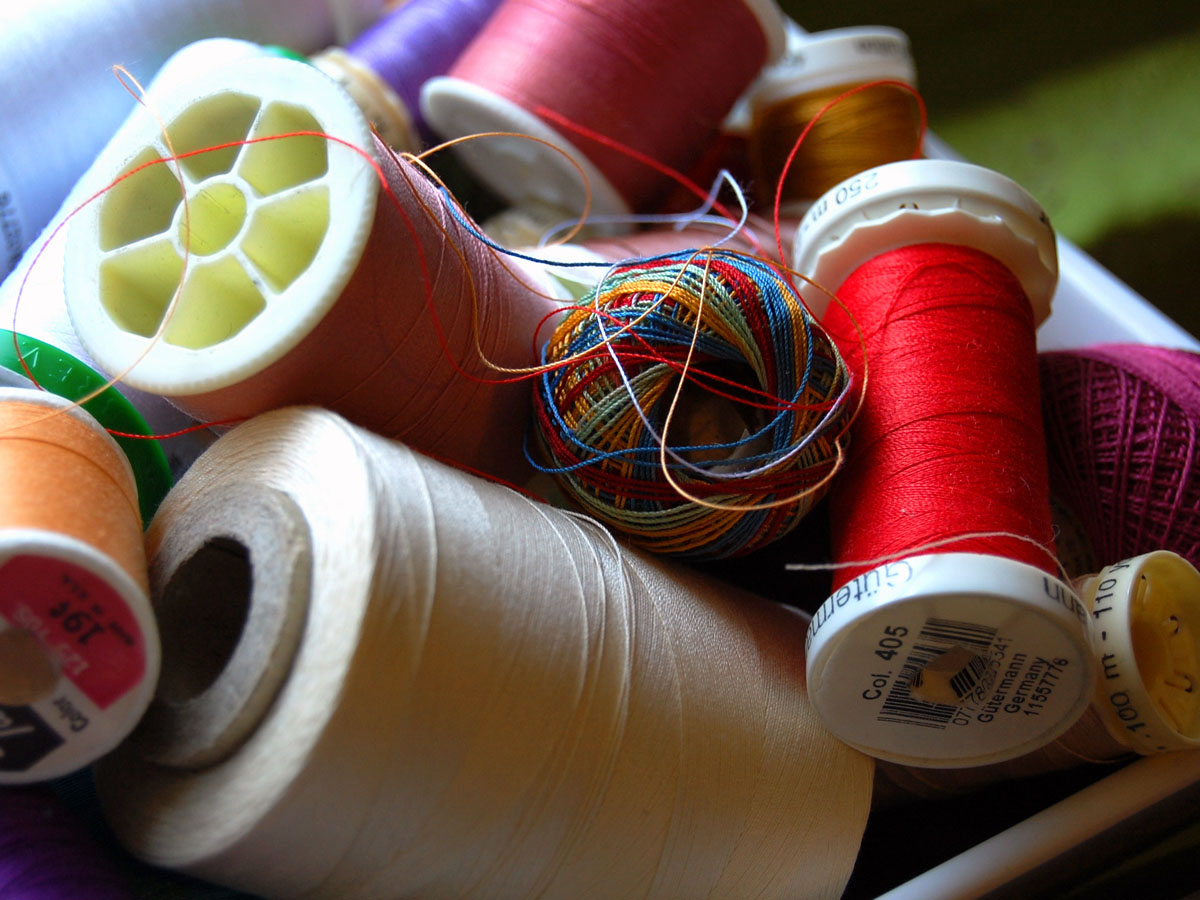
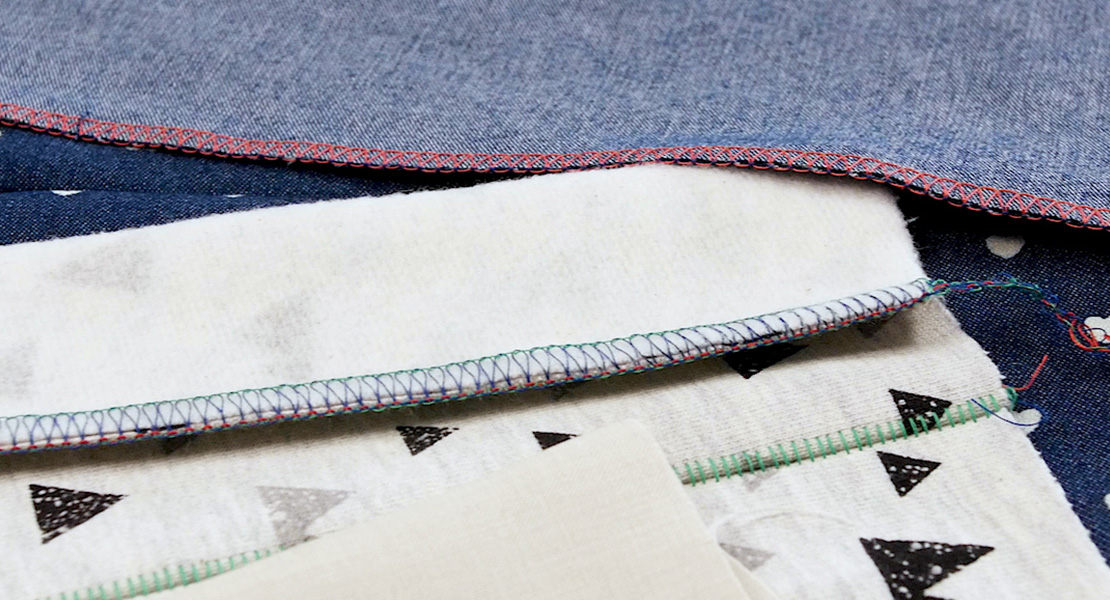
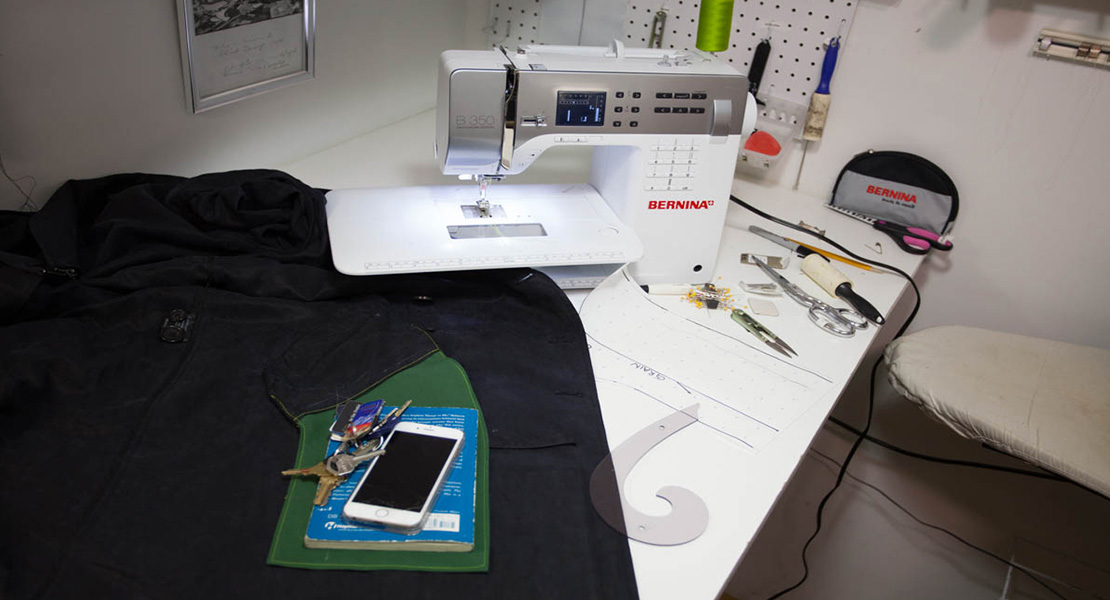
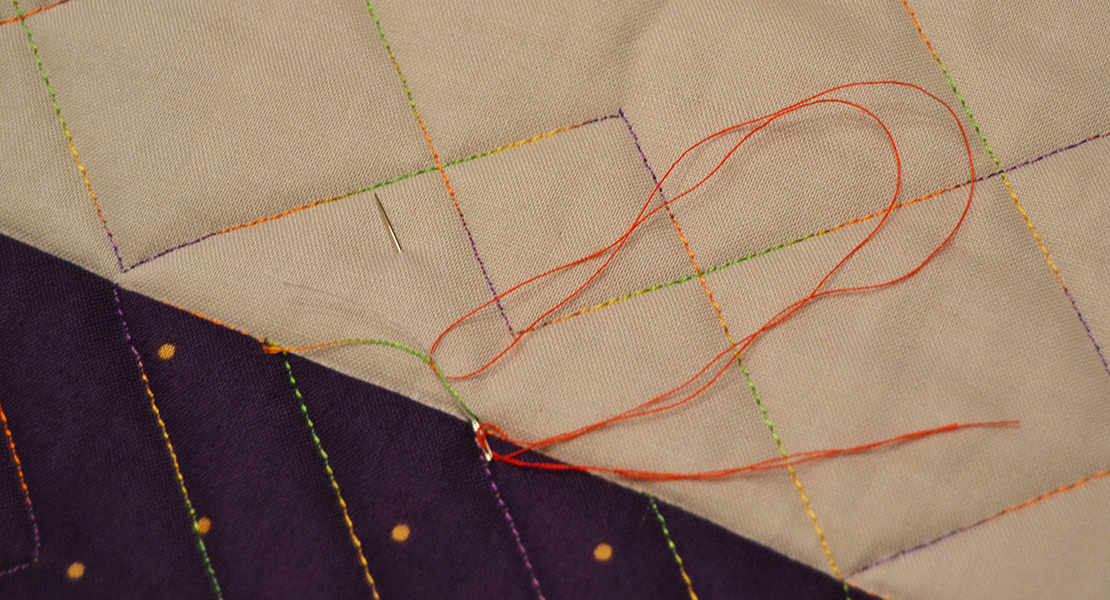
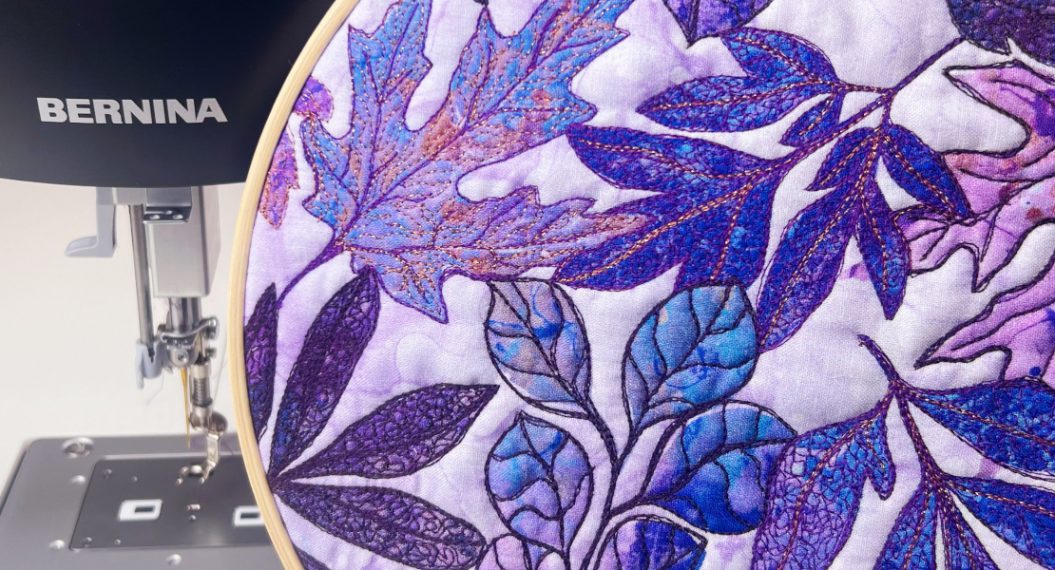
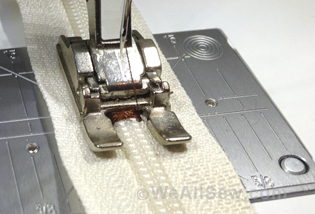
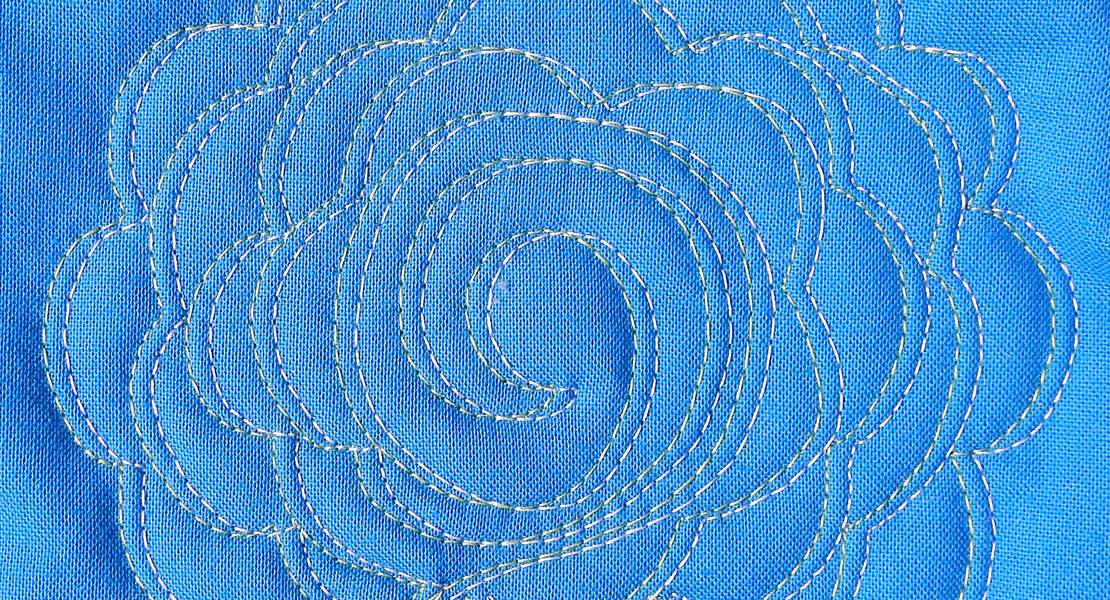
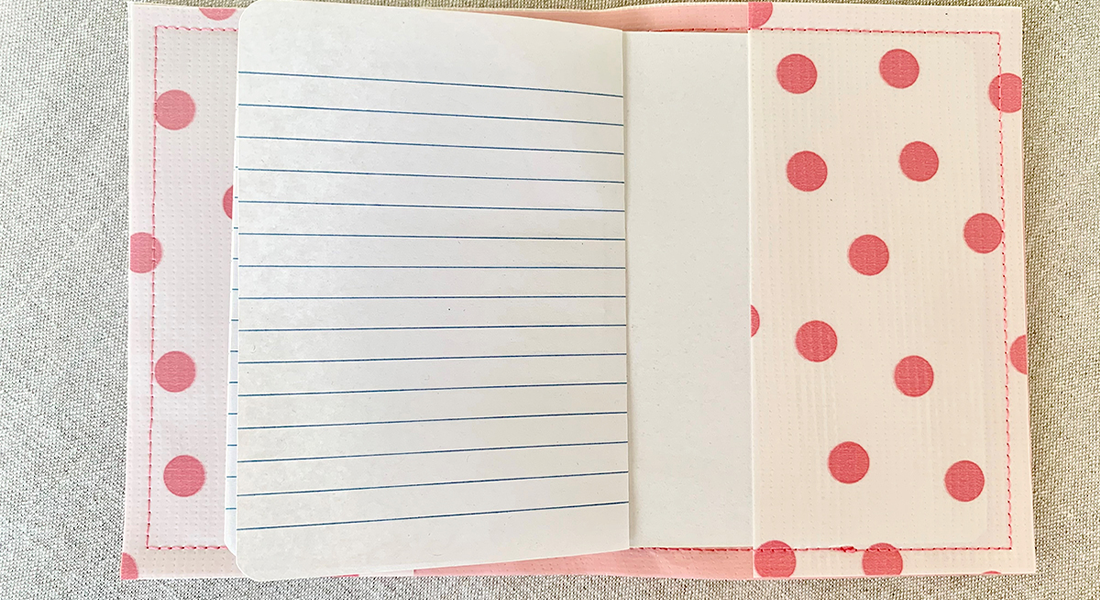
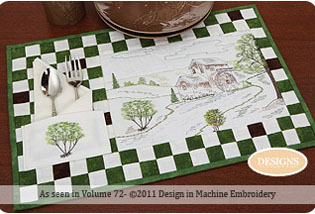
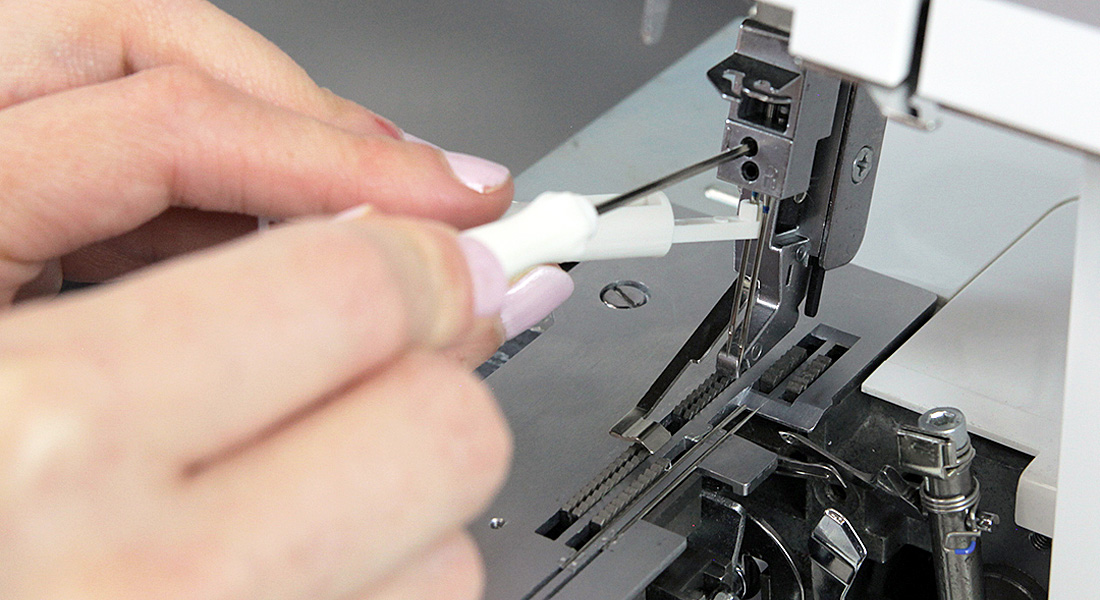
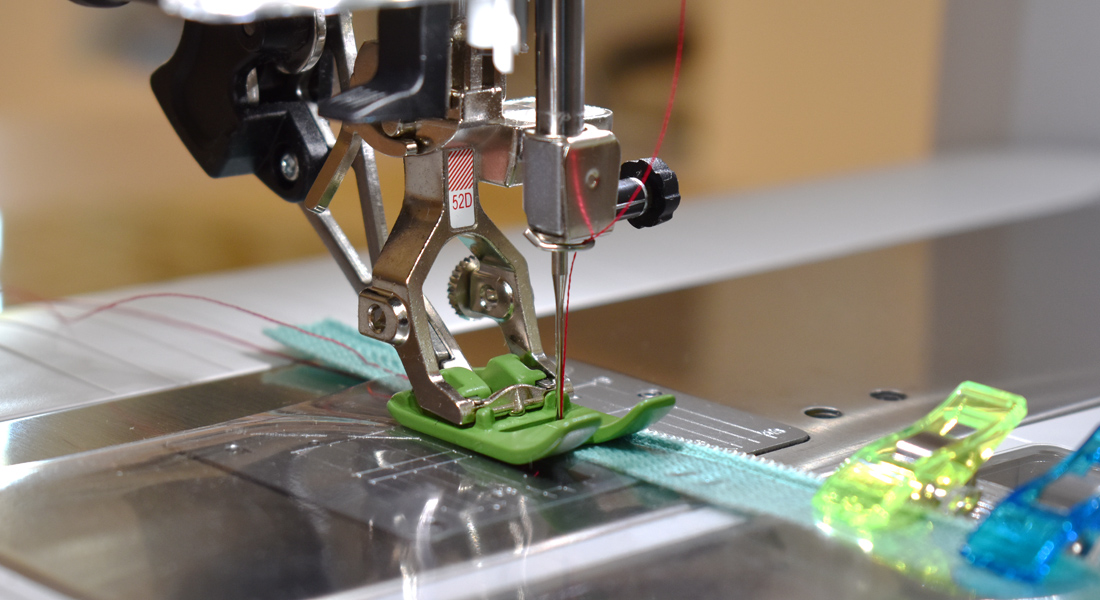
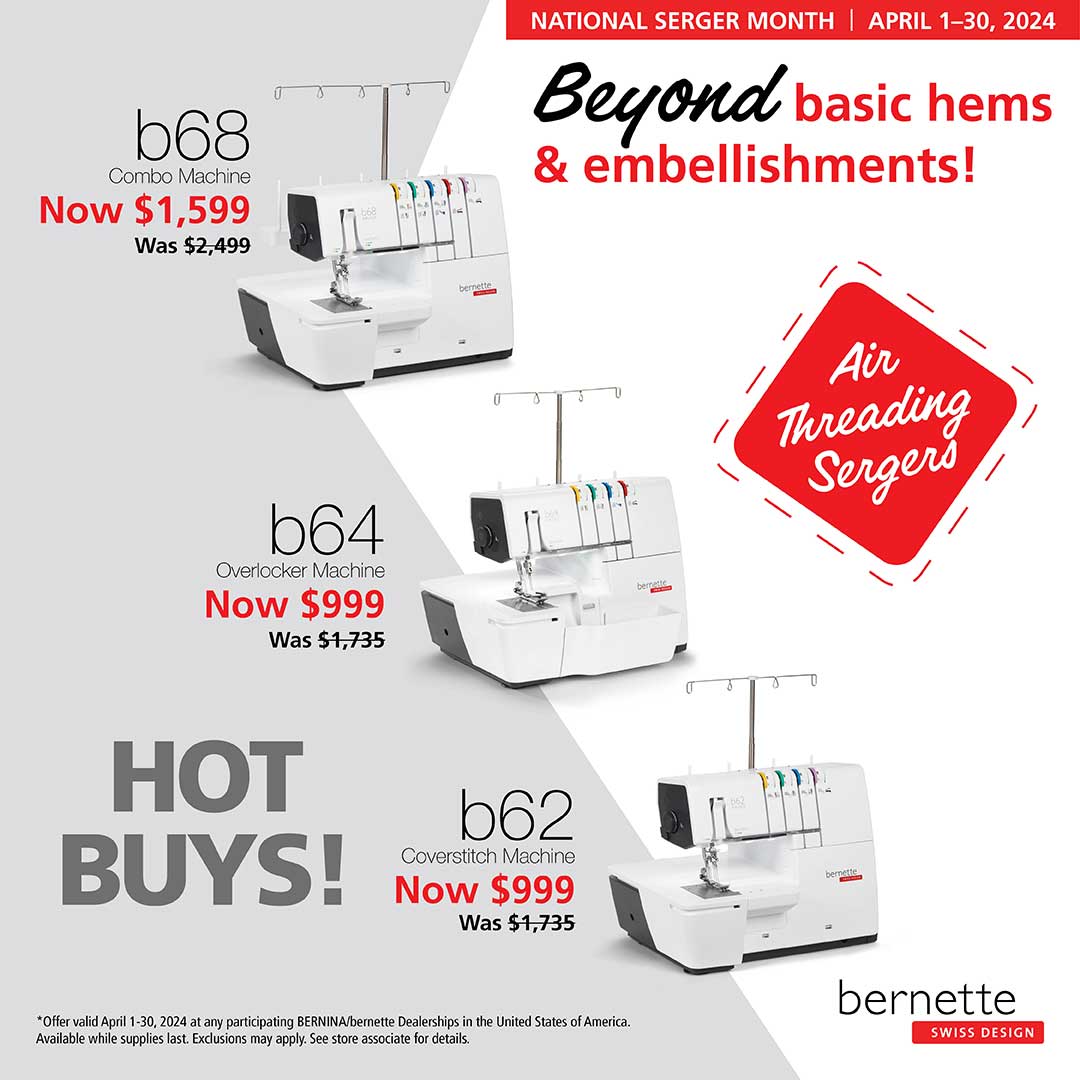
I love your information. Would it be possible to make these articles printer friendly? Thank you.